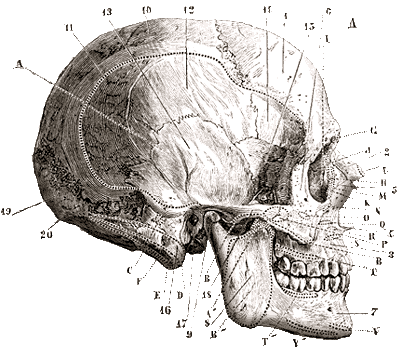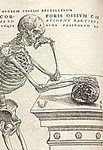EFFECTS OF DIFFERENT SAMPLE PREPARATION METHODS
ON STABLE CARBON AND OXYGEN ISOTOPE VALUES OF
BONE APATITE: A COMPARISON OF TWO TREATMENT
PROTOCOLS*
C. J. YODER†‡
Anthropological Science Program, School of Environmental and Physical Science, Radford University,
PO Box 6939, Radford VA 24142, USA
and E. J. BARTELINK‡
Department of Anthropology, California State University, Chico, CA, USA
Researchers have long debated the appropriateness of stable isotope analysis of bone apatite to reconstruct the diets of ancient animals. The debate has centred, in part, on diagenesis of bone mineral from interaction with the burial environment. A number of acetic acid treatments are used to remove diagenetic carbonates from samples; however, less is known on how different protocols alter stable isotope values. We compare two common acetic acid solution treatments (0.1 M versus 1.0 M-buffered) to examine the effects on carbon and oxygen isotope values and Fourier transform infrared spectroscopy (FTIR) spectra in human bone from different burial contexts. Results indicate that both treatments have a similar effect on isotope values and FTIR spectra in bone apatite.
KEYWORDS: BONE APATITE, STABLE ISOTOPE ANALYSIS, PALAEODIET, FTIR,DIAGENESIS
Archaeometry 52, 1 (2010) 115–130














0 comentarios:
Post a Comment